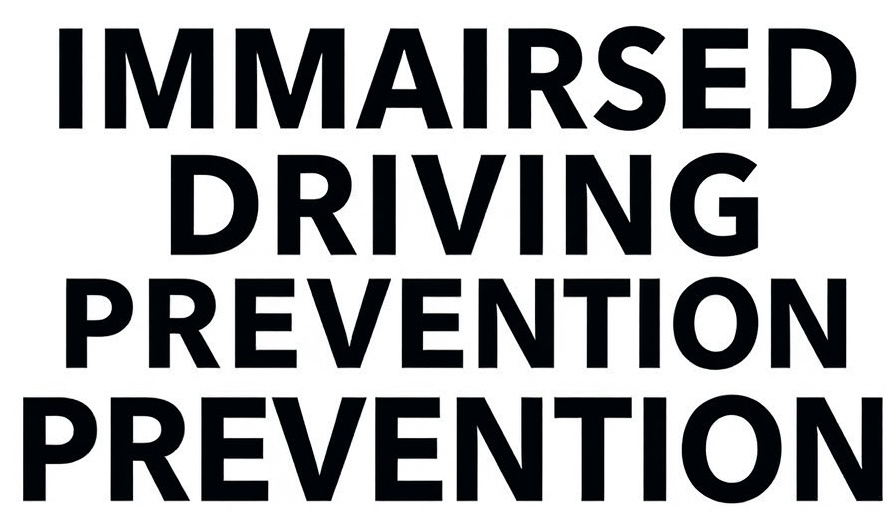
Protecting Arizona's Children in the Summer Heat
Arizona summers can be a dream come true for families, filled with outdoor adventures, swimming, and endless sunshine. However, the soaring temperatures also pose significant safety risks, particularly for children. Tragically, drowning and heat-related illnesses remain leading causes of injury and death among young kids in the state. It's crucial for parents, healthcare providers, and community members to rally together to ensure the safety of Arizona's children during these scorching months.
Understanding Water Safety: A Lifesaving Priority
Drowning is particularly alarming in Arizona, as it is the leading cause of death for children ages one to four and third for ages five to fourteen. The risk is doubled for children with special health care needs. Drownings often occur in seemingly safe environments—pools, bathtubs, lakes, or even buckets—highlighting the need for constant vigilance. In many cases, quick lapses in supervision are enough for tragedy to strike. The moment it takes for a child to slip underwater is often imperceptible, underscoring the importance of proactive measures.
Effective drowning prevention hinges on adult supervision and creating secure environments. A designated "Water Watcher" can make all the difference during swimming activities, ensuring children are never left unattended. Parents should choose bright bathing suit colors, like neon orange or pink, to facilitate quick spotting underwater. Additionally, pools must have sturdy fences with self-closing, self-latching gates to keep children safe from unsupervised access.
The ABCDs of Drowning Prevention
The prevention of drownings in children hinges on the well-established ABCDs:
- A – Adult Supervision: Drowning happens silently and quickly. Adults must maintain constant, undistracted supervision—putting down phones and refraining from alcohol can be life-saving decisions.
- B – Barriers: Secure physical barriers are crucial. Parents can install pool fences, covers, and alarms to thwart children's unsupervised access.
- C – Classes: Enrolling children in swimming lessons is vital, as is educating both children and adults in water safety techniques. CPR training for adults can also provide critical skills during emergencies.
- D – Devices: Using life jackets is paramount for non-swimmers in open waters.
Role of Emergency Medical Services and Public Health Education
Emergency Medical Services (EMS) can significantly support drowning prevention by providing families with effective educational resources. Public health officials and schools play their part, supplying vital information on safety practices and pool barrier requirements. Resources such as the Drowning Prevention Coalition of Arizona offer families additional insights into lowering drowning risks—crucial for maintaining a safe community.
Preventing Heat-Related Illness: Protecting Against Extremes
With summer heat peaking, heat-related illnesses also become prevalent. Extreme heat can lead to dehydration, heat exhaustion, or worse—heat stroke — if precautions aren’t taken. It’s essential for every family to recognize the signs of heat-related illnesses which may include high body temperature, confusion, nausea, or a rapid heartbeat. By staying hydrated and taking breaks in the shade, parents and caregivers can protect children from these hazards.
The Community's Role in Ensuring Child Safety
Communities can no longer afford to be passive observers to the dangers posed by summer heat and drowning. Engaging in local drown prevention programs, spreading awareness about water safety, and actively participating in workshops can galvanize support. Being proactive will not only reduce instances of injury but will also foster an environment that prioritizes child safety during the warmer months. Together, we can ensure our children thrive in a safe summer filled with fun and discovery.
As we embrace summer, let’s commit to applying these insights and strategies to safeguard Arizona’s most vulnerable members—our children. For further information on drowning prevention resources, families are encouraged to visit the Drowning Prevention Coalition of Arizona’s website.
 Add Row
Add Row  Add
Add 




Write A Comment